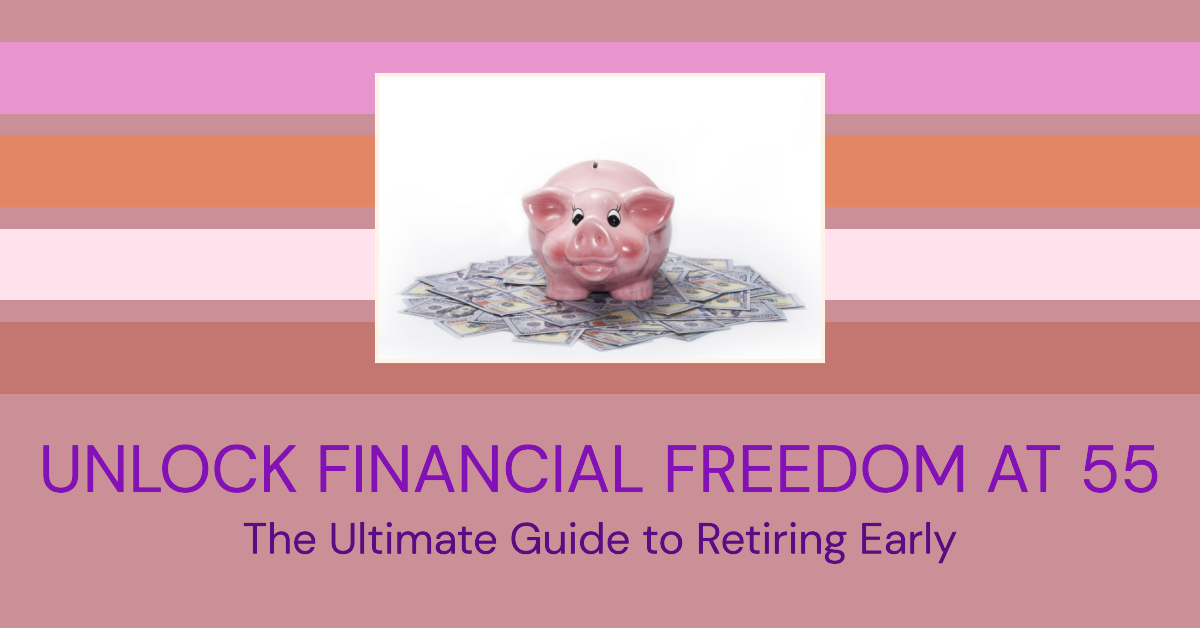Many people’s ultimate goal in life is to become financially independent. It’s the state of being free from anxiety about money so that you can pursue the life you want to lead. Financial independence may seem like a distant dream, but it is within reach if you adopt the correct…
Tag: Debt Management

Unlocking Financial Freedom: The Ultimate Guide to Retiring Early at 55
Retiring Early at 55: Tips and Tricks to Achieving Financial Freedom Retiring early is a goal that many people aspire to achieve. It’s an opportunity to live the life you’ve always dreamed of, free from the constraints of a full-time job. However, early retirement requires careful planning and financial discipline….